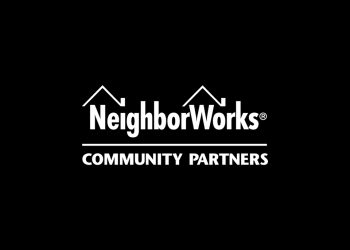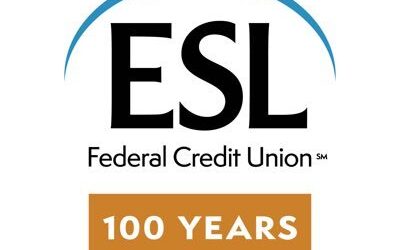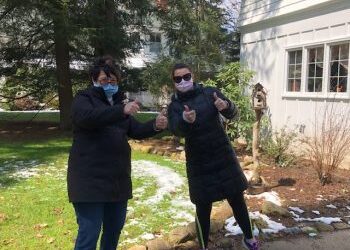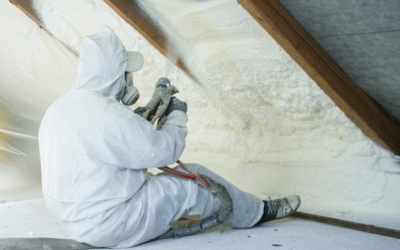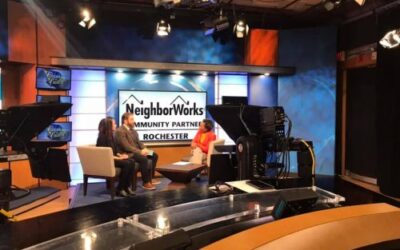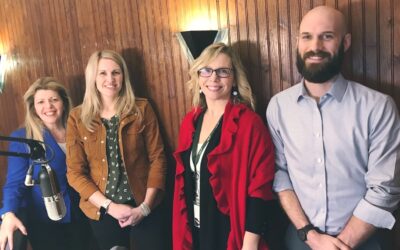Our energy division won yet another Century Club Award issued by the United States Department of Energy and the U.S. Environmental Protection Agency. This distinction is awarded to organizations that demonstrate excellence while improving energy efficiency.
Change Starts With Us
For more than 40 years, the affiliates of NeighborWorks® Community Partners have been providing housing and community development programs for low- to moderate-income people and their families. We have come together across Western NY to be a catalyst for building and...
ESL Federal Credit Union Gifts $40,000 to the NeighborWorks® Community Partners Rochester COVID-19 Relief Program
ESL Federal Credit Union has pledged $40,000 to support the Neighborly Fund, relief loans for community members in need as a result of the COVID-19 pandemic. NeighborWorks® Community Partners Rochester (NCP) announced the creation of the Neighborly Fund in April 2020,...
NeighborWorks® Community Partners Launches The Neighborly Fund In Response to COVID-19
In response to the COVID-19 pandemic, NeighborWorks® Community Partners (NCP) has partnered with the Westminster Economic Development Initiative (WEDI) to create the Neighborly Fund to offer relief to community members in need. The inaugural distribution of the...
Mission Moment: Debra Conte, Customer Journey Specialist of NCP Niagara Falls
Here's a little extra sunshine ☀️ during this cloudy time. Customer Journey Specialist, Debbie Conte, who is located in the NCP Niagara Falls office, her daughter Jill and Son, Nicholas, spent the weekend volunteering for the City of Niagara Falls delivering supplies...
A Home Energy Assessment Makes Good Cents
What is a Home Energy Assessment? An Energy Assessment is a review of your home's overall energy efficiency, which can be affected by many things. Roof condition, insulation levels, outdated appliances, old furnaces, leaky hot water heaters, single-pane windows, etc....
In case you missed it, our CEO Jerry Nagy, and Rochester-based Lending Services Coordinator, Tammy Major, joined Alexis Arnold on Many Voices, Many Visions to talk about our homeownership programs. It aired on 13 WHAM ABC; we were honored to share this time slot with...
NWCP Rochester Visits Business Voice Podcast
Our Rochester team had a blast chatting all things homeownership with our friends at Genesee Regional Bank and Business Voice earlier this month. We join the podcast in the second half, be sure to take a listen! Business Voice Podcast & Broadcast A Program of the...
Three neighborhood housing services rebrand and unify
NeighborWorks Community Partners to strengthen services & neighborhoods across WNY -- Three local nonprofit organizations have changed their names. West Side Neighborhood Housing Services, Black Rock-Riverside Housing Services and Niagara Falls Neighborhood...
NeighborWorks® America Grants NCP $35,000 for Special Projects
We are excited to announce that NeighborWorks® Community Partners has received $35,000 in supplemental grant funding from NeighborWorks® America to help strengthen our capacity to deliver the highest quality of services while continuing to work toward...

